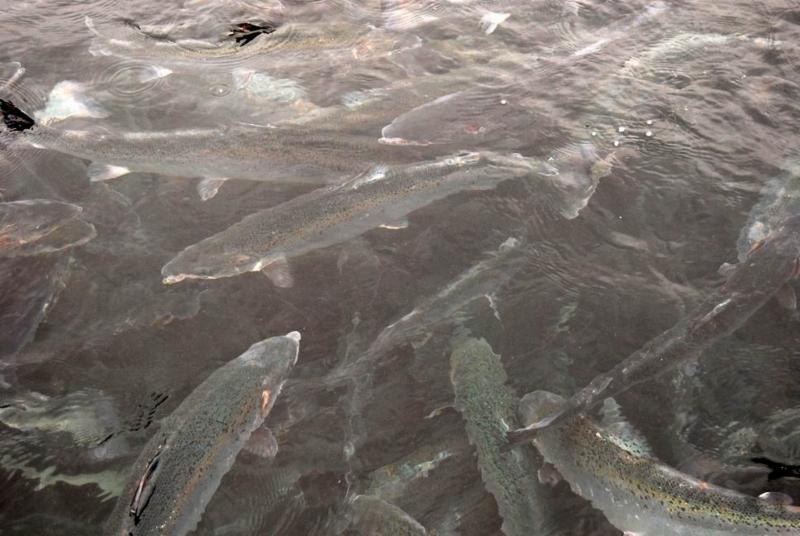Worrying levels of microplastics in Fleur de Sel, new German study reveals

January 26th, 2018
Although marketed as the ‘caviar of the sea’, Fleur de Sel may contain much larger amounts of microplastics than normal salt, a new German study suggests.
Fleur de Sel is seen as an extraordinarily noble salt by many customers. Due to its harvesting method, usually by hand from the surface of salt ponds, its price is considerably higher than that of normal sea salt.
But the higher price might not indicate better quality, according to a new study comparing the microplastics contents of Fleur de Sel and common sea salt from the Institute for Chemistry and Biology of the Marine Environment (ICBM).
In its study, the German-based institute compared different salts from German supermarkets, with every sample found to contain some level of microplastics. Fleur de Sel samples contained much more than common salt, the study found.
Microplastics are tiny plastic granules, pellets, fibers, and fragments less than 5mm in diameter. They can be as small as two to three centimeters in length and are often as thin as a human hair.

Microplastics in the Azores Photo: Raceforwater
According to the results, normal sea salt contained between 14 and 59 micrograms of microplastics per kilogram compared to between 140 and 1800 micrograms in Fleur de Sel samples.
Although the study found that the level of contamination is too small to be a serious health risk, the study still gives grounds for worry according to lead researcher, Dr Barbara Scholz-Böttcher.
Microplastics can be found in the oceans, marine species and now also sea salt without us being able to “even remotely predict the ecological consequences,” she warned.
Speaking to The Green News, she said that the problem stems from the “global mismanagement of waste” and our “careless handling” of plastic waste in society, much of which ends up in our oceans. “The plastic returns as microplastics back onto our plates,” she added.
“The results illustrate that only a few decades of usage and unmindful handling of plastic has resulted in plastic being traceable globally,” Dr Scholz-Böttcher added. The main solution to this issue is to reduce the use of plastic packaging, as well as intensifying research into environmentally friendly alternatives, she said.
According to a recent PLOS report, there are currently more than five trillion pieces of plastic floating in our oceans weighing a whopping 250,000 tons – the same weight as almost 25,000 Dublin buses.
[x_author title=”About the Author”]







